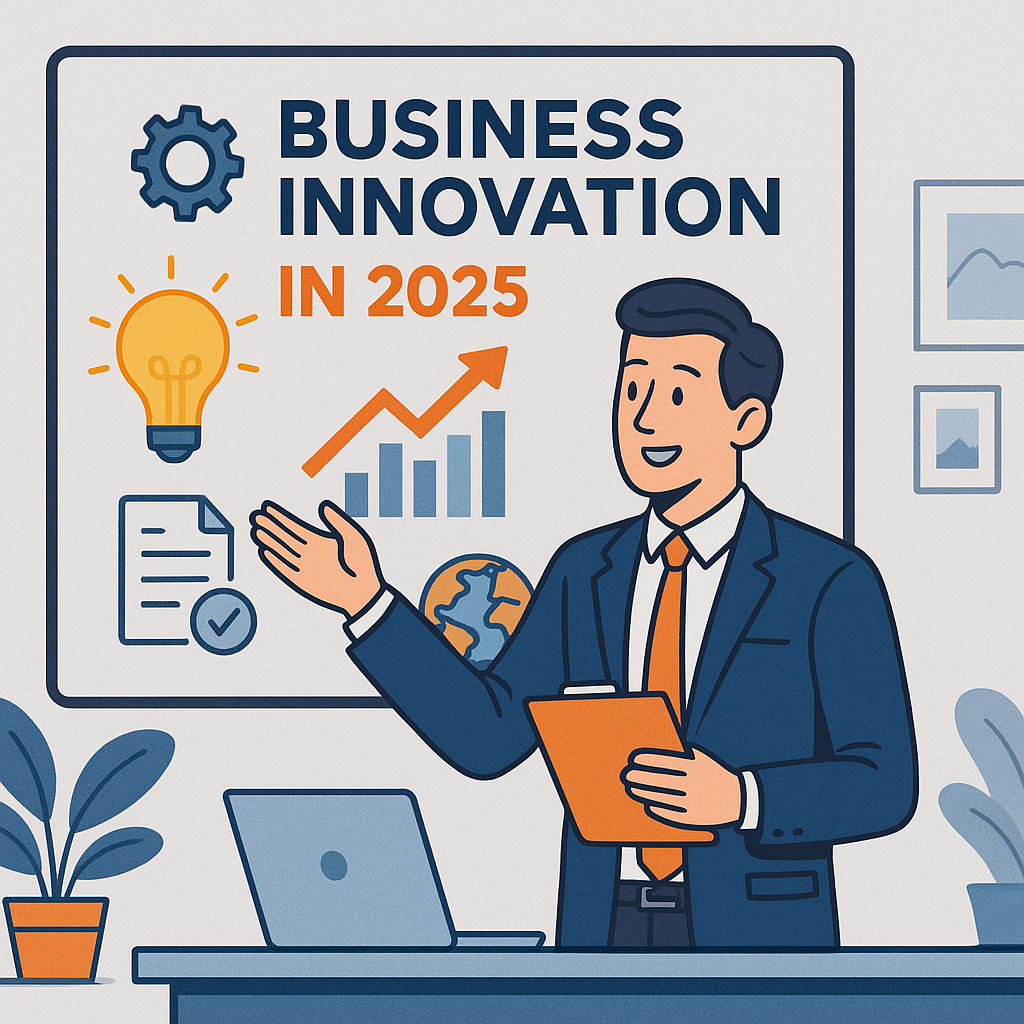AI for Accessibility: Empowering Inclusion in the Digital Age
Artificial Intelligence (AI) is not just transforming industries—it’s reshaping lives. One of its most impactful applications lies in accessibility, where AI is leveling the playing field for people with disabilities, making technology more inclusive and empowering everyone to participate fully in society.
In this article, we’ll explore how AI is advancing accessibility in 2025 and beyond, and how you can gain the skills to be part of this transformative movement.
AI-Powered Assistive Technologies
From real-time speech-to-text transcription to AI-driven screen readers and predictive text tools, artificial intelligence is breaking communication barriers for individuals with visual, hearing, and cognitive disabilities.
Voice assistants help people with limited mobility control devices hands-free.
Computer vision allows blind users to navigate spaces using AI-enabled cameras.
AI sign language translators are bridging the communication gap for the deaf community.
These innovations are not just tech breakthroughs—they are lifelines.
Personalized Learning & Work Environments
AI is helping to create customizable interfaces and experiences that adapt to the unique needs of users. Think of:
Learning platforms that adjust content delivery based on a user’s cognitive preferences.
AI-driven workplace tools that automate tasks for people with physical limitations.
Adaptive UX design powered by AI, making websites and apps more intuitive for all.
The Role of Inclusive Design in AI Development
Inclusive AI isn’t just about building cool features—it’s about building with empathy and awareness. Developers are increasingly incorporating:
Bias detection algorithms to ensure fair outcomes.
Multi-modal input methods (voice, gestures, eye-tracking) for more inclusive interaction.
Accessibility testing as part of the development lifecycle.
This marks a shift from viewing accessibility as a “feature” to seeing it as a core requirement.
The Future of AI and Accessibility
As AI becomes more capable, expect breakthroughs like:
Neural interface devices for thought-based computing.
AI-powered prosthetics with adaptive intelligence.
Smart environments that adjust lighting, sound, and displays based on user preferences.
These futuristic ideas are becoming reality—faster than we think.
Learn AI for Accessibility with SkillWarp
Want to build tech that makes a real difference? At SkillWarp, we offer courses that teach you how to design, develop, and deploy AI solutions with accessibility in mind.
🔍 Explore our AI for Accessibility course and join the next generation of ethical innovators.




